In addition to functioning as a climate-control aid, weatherstripping protects buildings and vehicles against unwanted exposure to water. Read More…
Aero Rubber Co. offers exceptional quality and competitive pricing on all of our extruded rubber products. Aero Rubber Co. uses high quality rubber compounds such as, Neoprene, Viton, Silicone, EPDM, Polyurethane, Natural Rubber, and Thermoplastic Rubber.

Since 1976, Lakeview Industries has been globally known for manufacturing rubber extrusions. Our die cut equipment and fabricated rubber products such as rubber grommets and rubber bumpers provide the environmental sealing and noise control industries with reliable molded rubber products. We do both standard and custom profiles to help meet your rubber requirements.

GSH Industries supplies rubber extrusions to a range of industries. We offer rubber in materials such as Neoprene, Viton®, Nitrile, Silicone & more. We have tooling ability to create intricate profiles ensuring rubber goods are of the highest quality.

At American Rubber Products, we take pride in our expertise and commitment to delivering top-notch rubber extrusions. With decades of collective experience, we specialize in providing high-quality solutions tailored to meet the unique needs of our diverse clientele. Join us on the journey of excellence, where passion and proficiency converge to create unparalleled rubber extrusion solutions that...

We got our beginning in 1954 and ever since then we have been manufacturing custom rubber extrusion solutions for customers around the world! We are a family and employee owned business dedicated to ensuring that our customers are receiving customer care that cannot be matched by the competition! Visit our website today to learn more about what we may be able to do for you!

More Weatherstripping Manufacturers
While the scope of industrial and commercial applications for weatherstripping is limited, it is an essential product to many industries. Some manufacturing companies dedicate all of their extrusion lines to the production of different kinds of weatherstripping. Weatherstripping functions primarily as a door and window insulator. Specifically, it fills gaps between the moving parts of doors and windows and their fixtures.
In the automotive industry, weatherstripping for car doors, windows, trunks and hoods is indispensable. In the construction industry, particularly in geographical areas where cold weather is a consideration for residential builders and maintenance professionals, weatherstripping is becoming an increasingly important part of energy-efficient climate control. Weatherstripping products also have limited applications in industries that manufacture ice machines or storage refrigerators.
All weatherstripping products are processed with rubber extruders, which are machines that convert raw natural or synthetic rubber materials into strengthened, functional products. An extrusion line begins with a collection of rubber pellets in a hopper that directs the raw material, or stock, into a conveyor channel. The hopper is usually placed above an opening in the conveyor channel, and gravity sends the stock into the channel. In most rubber extruders, the conveyor channel is equipped with a long screw that moves and pressurizes the stock while it is heated. Near the end of the channel, the pressurized, heated stock reaches a near-liquefied state and is ready to be forced into the die.
A die is a tool that is used to create hardened shapes out of a given raw material. In the case of weatherstripping dies, the die will be a narrow hole through which the stock is forced. As this happens, the stock takes the shape of the die, which it keeps once it has hardened. The newly extruded rubber may at this point be cut and shipped, or it can continue to additional processing if necessary. For use in demanding applications, like in the automotive industry, weatherstripping may be cured with sulfur or other curatives in a process called vulcanization. This process improves the rubber's strength and durability, making it more weather-resistant.






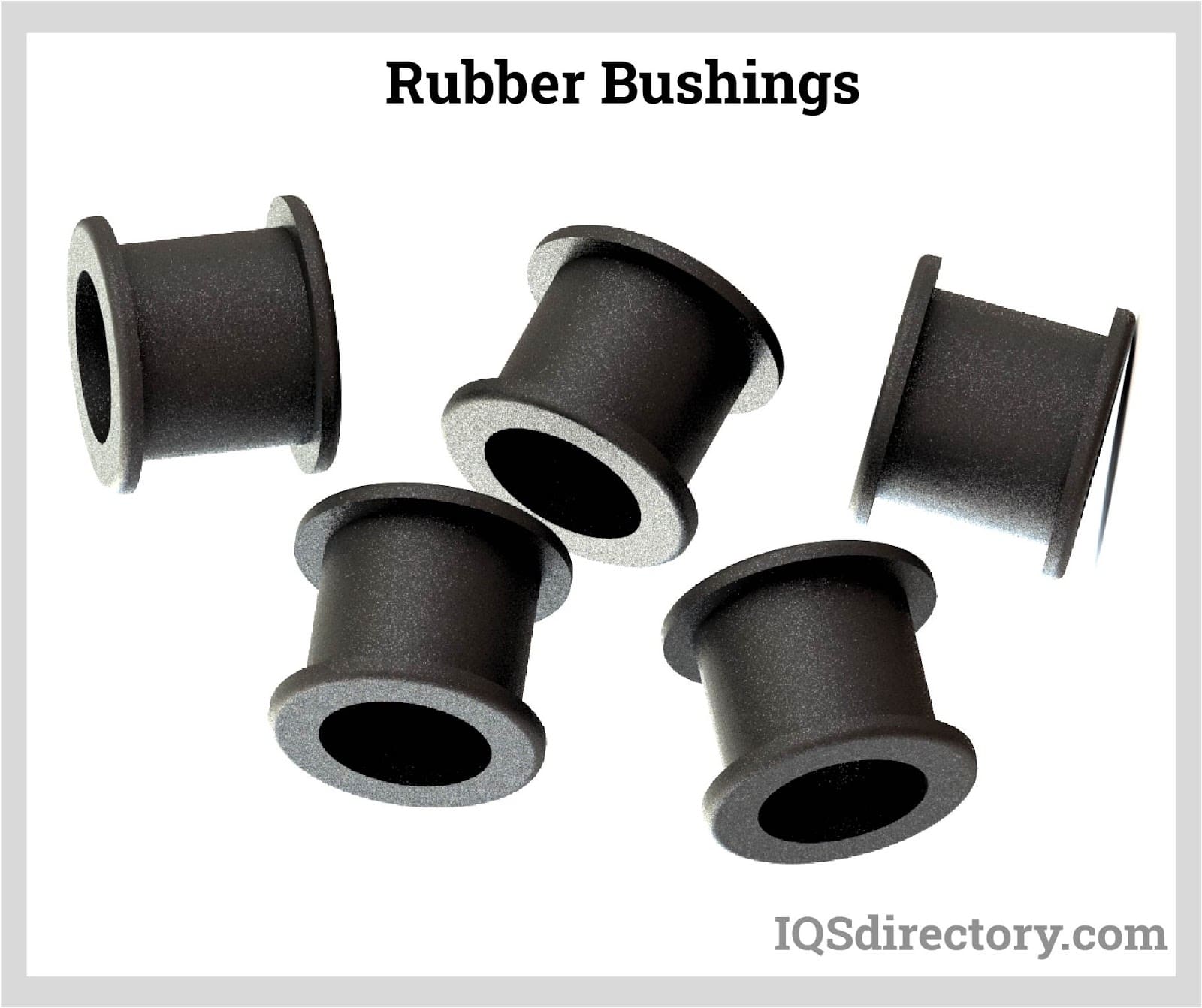
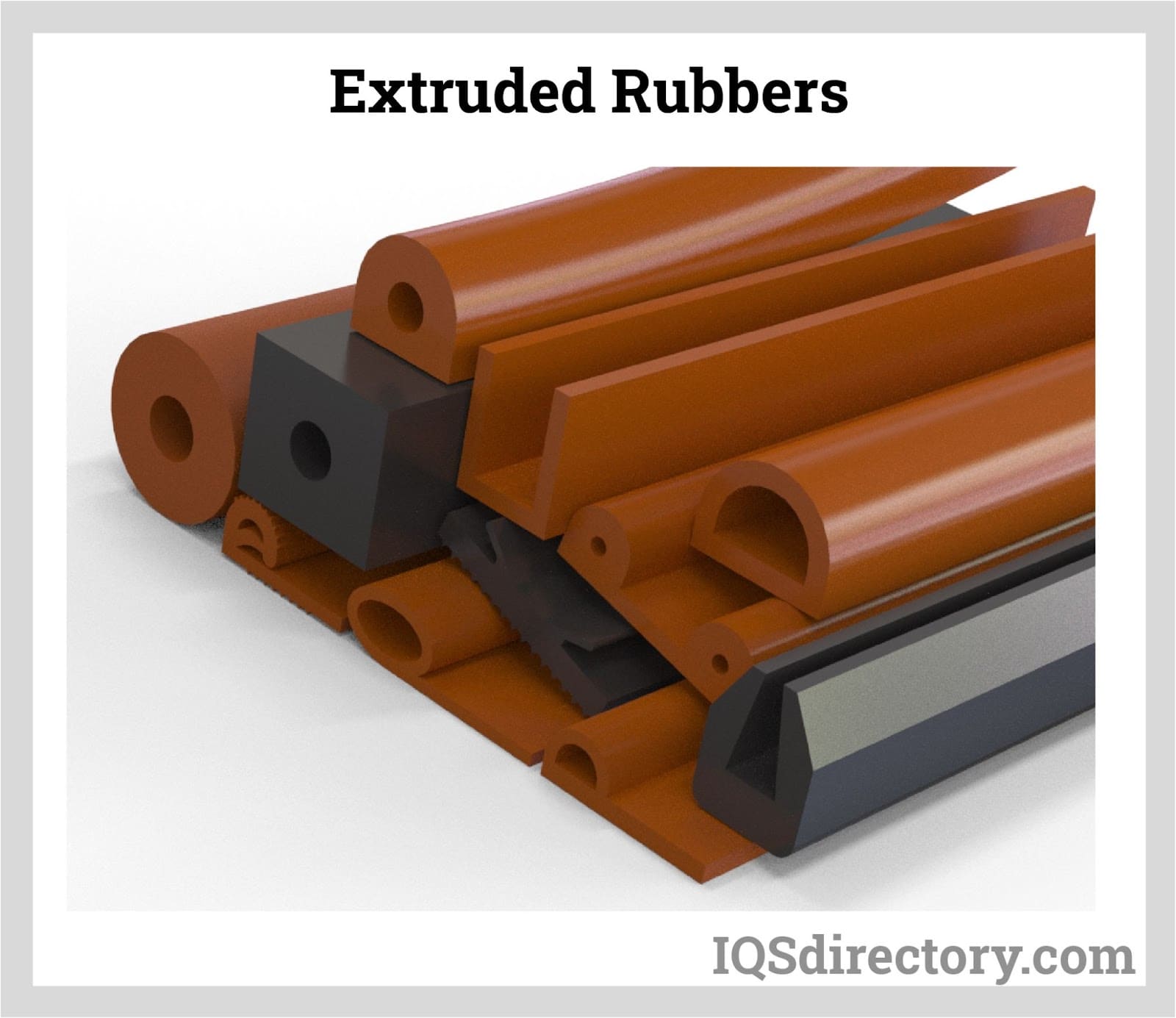
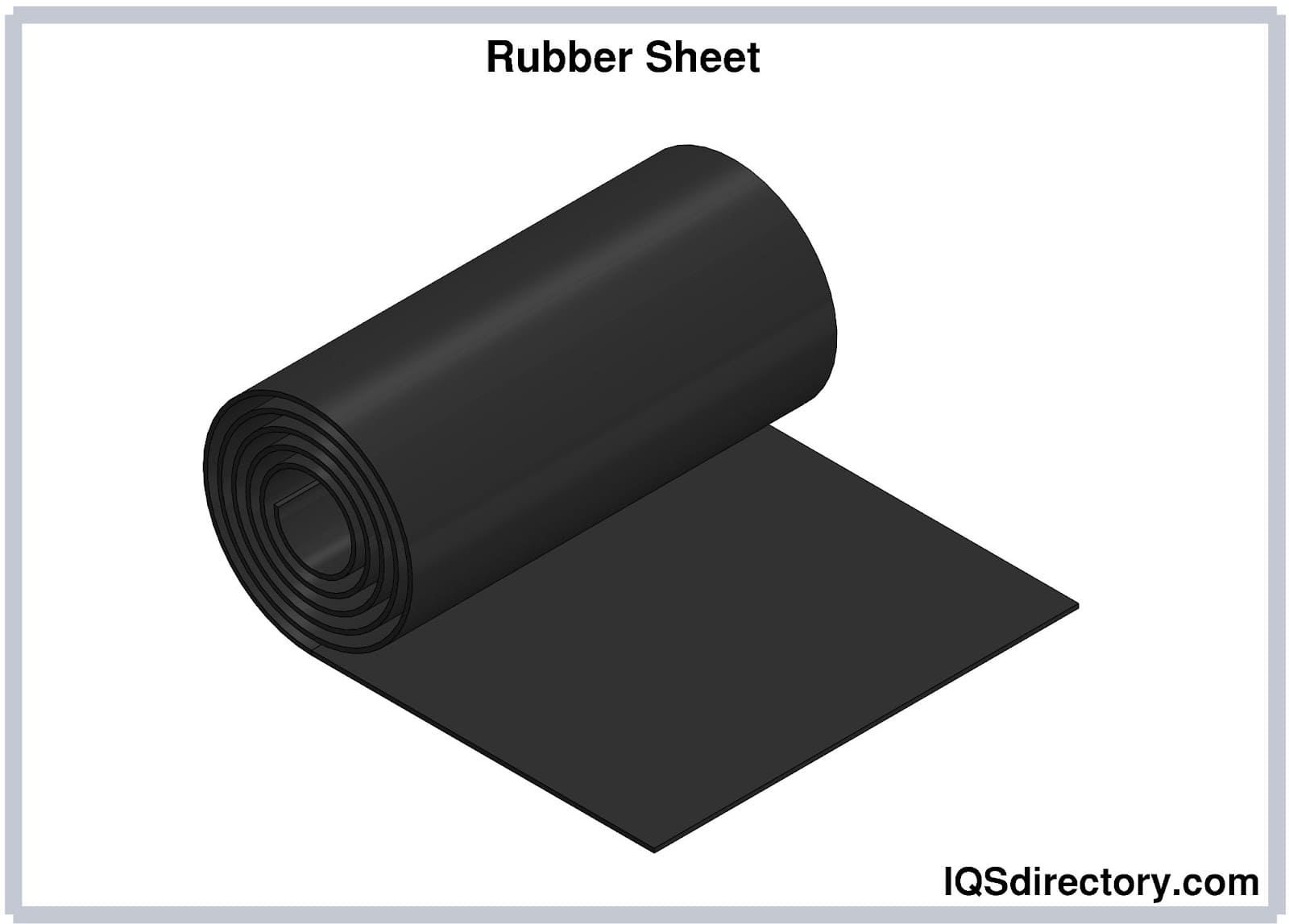
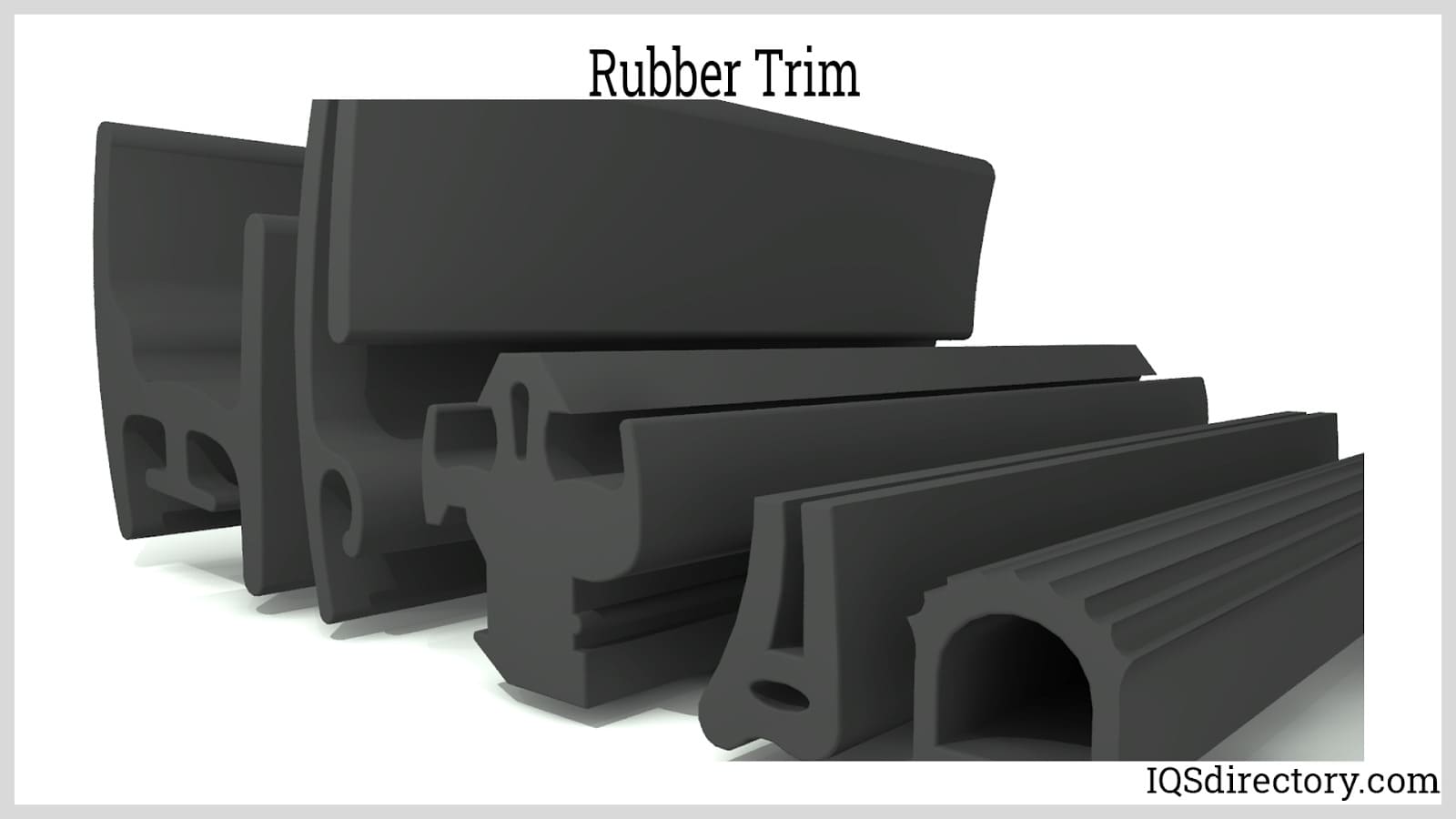
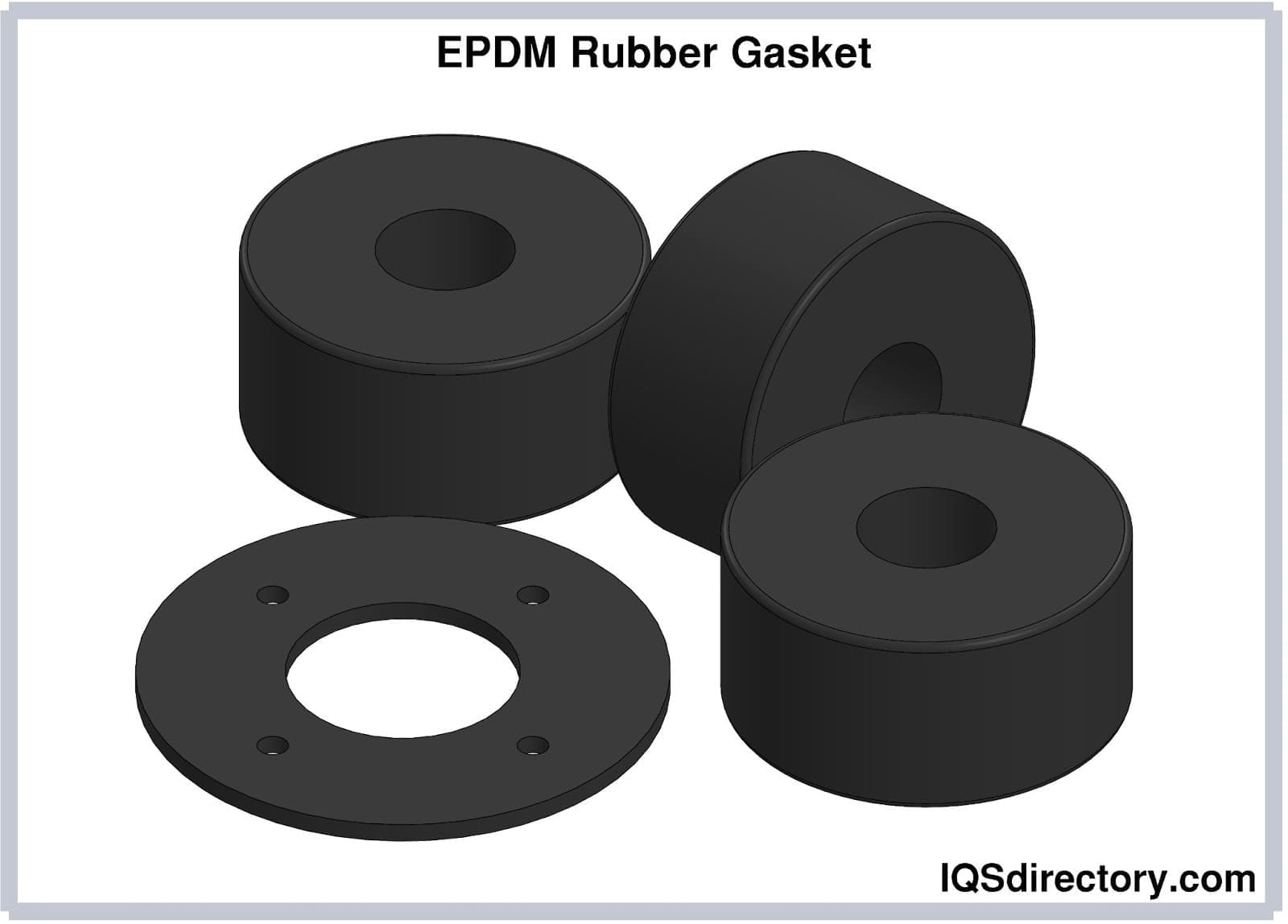
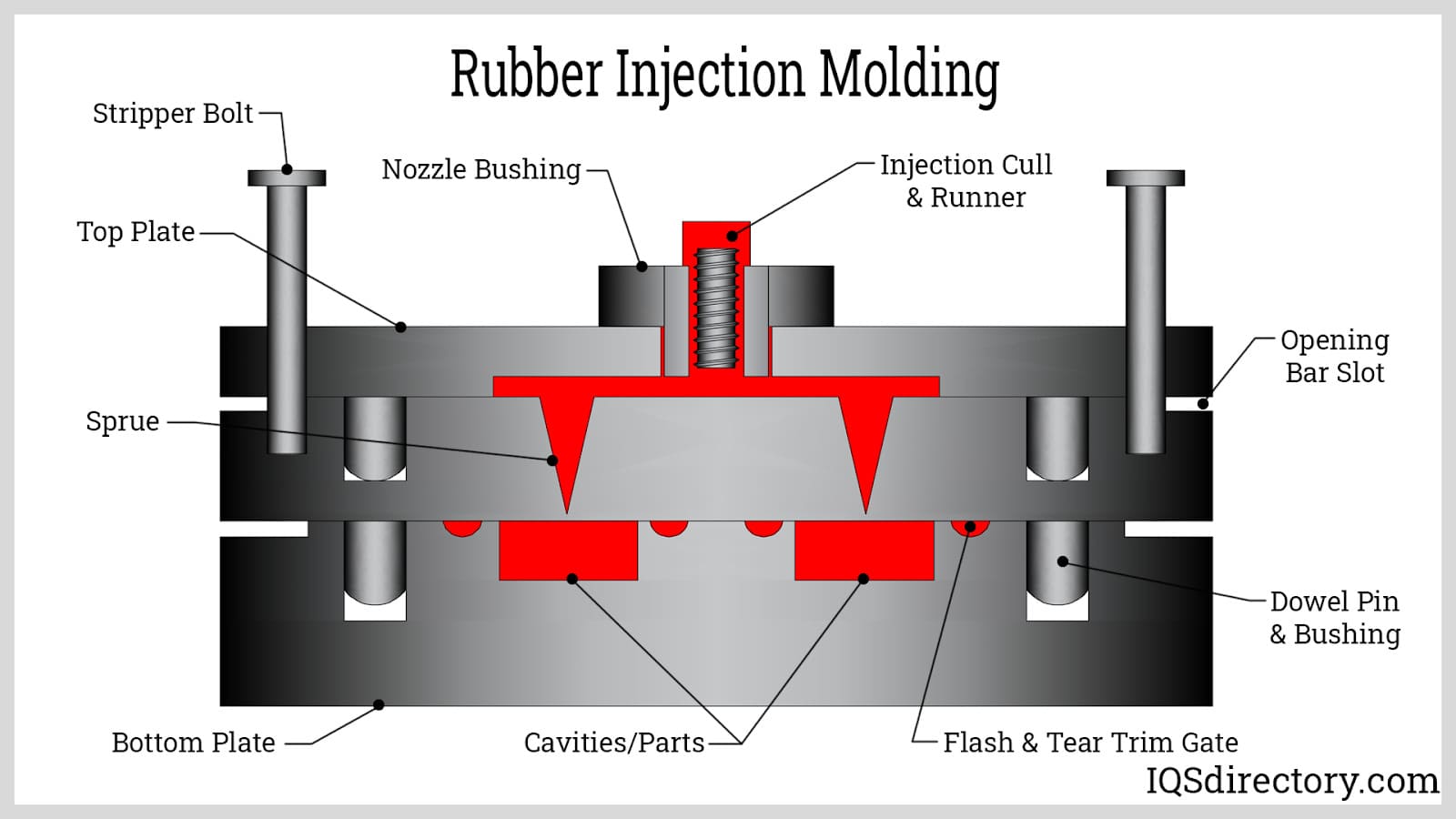
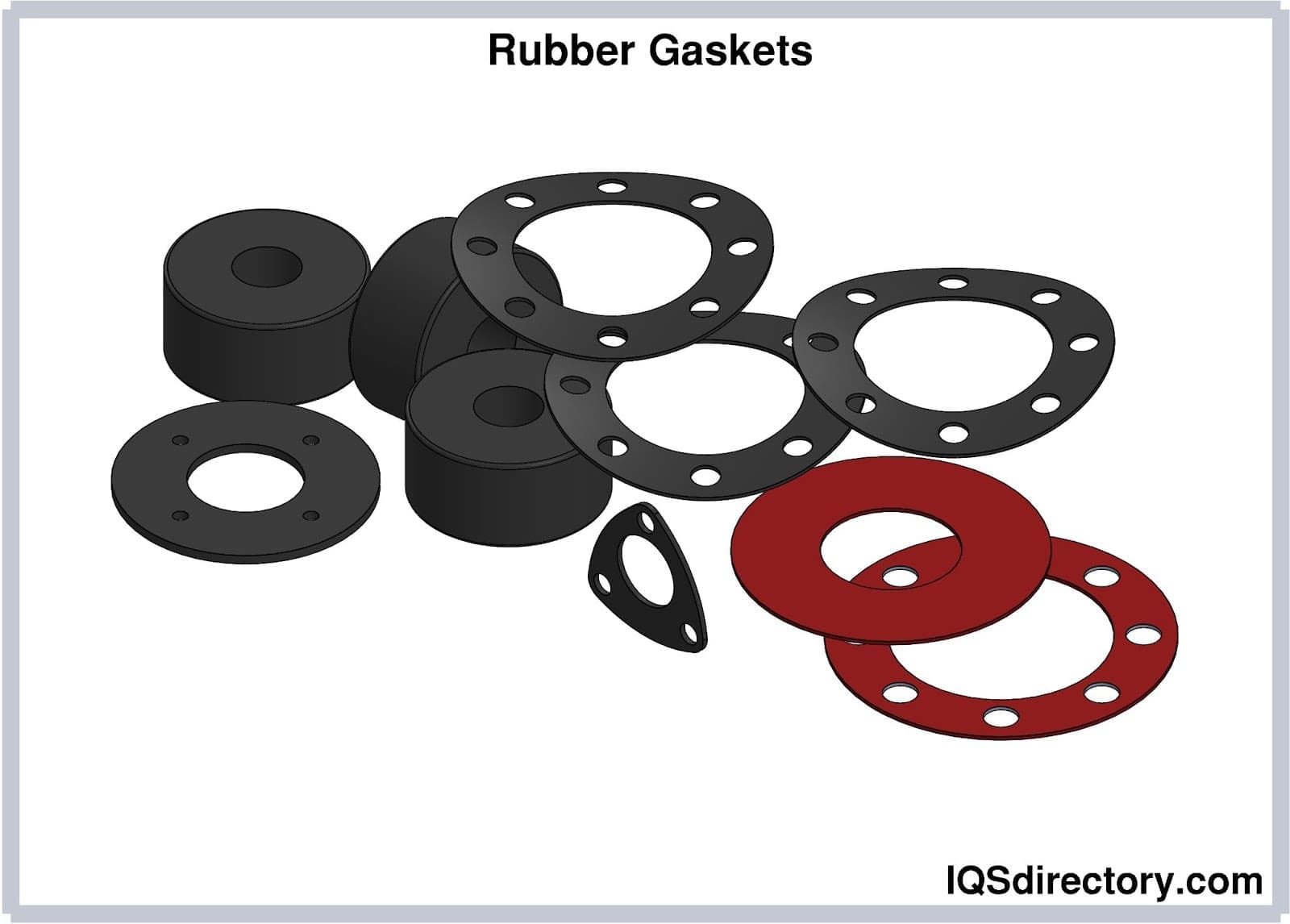
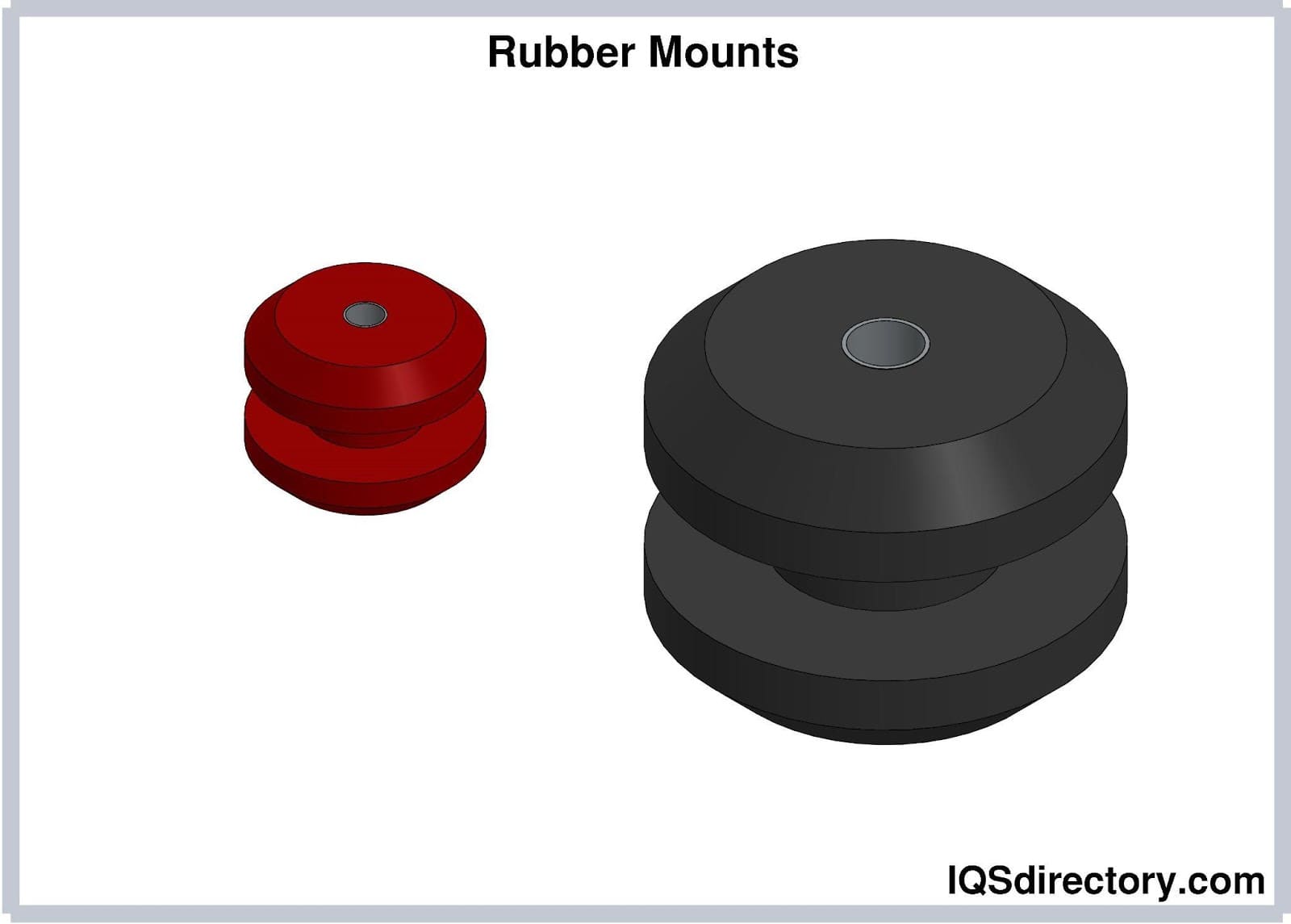
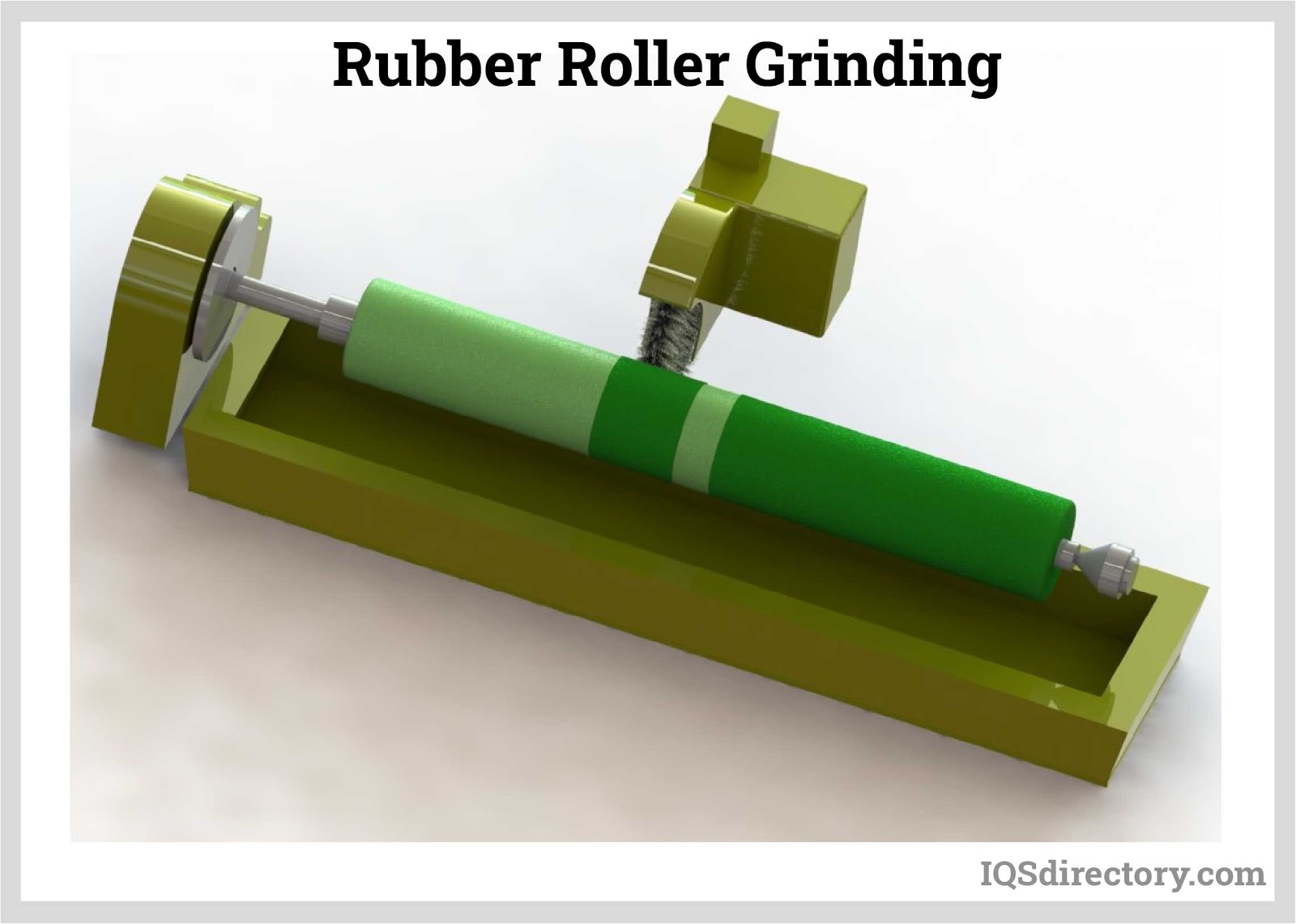
 Rubber Extrusions
Rubber Extrusions Rubber Molding
Rubber Molding Rubber to Metal Bonding
Rubber to Metal Bonding Rubber Tubing
Rubber Tubing Vibration Absorbers
Vibration Absorbers Castings & Forgings
Castings & Forgings Bulk Material Handling
Bulk Material Handling Electrical & Electronic Components
Electrical & Electronic Components Flow Instrumentation
Flow Instrumentation Hardware
Hardware Material Handling Equipment
Material Handling Equipment Metal Cutting Services
Metal Cutting Services Metal Forming Services
Metal Forming Services Metal Suppliers
Metal Suppliers Motion Control Products
Motion Control Products Plant & Facility Equipment
Plant & Facility Equipment Plant & Facility Supplies
Plant & Facility Supplies Plastic Molding Processes
Plastic Molding Processes Pumps & Valves
Pumps & Valves Recycling Equipment
Recycling Equipment Rubber Products & Services
Rubber Products & Services